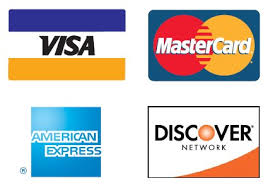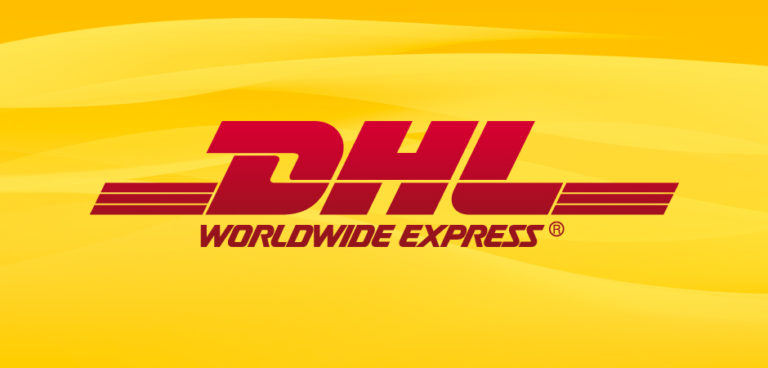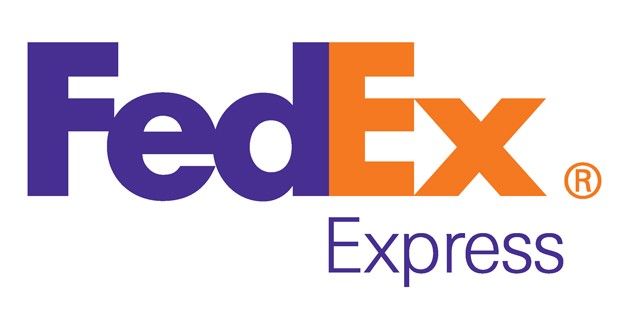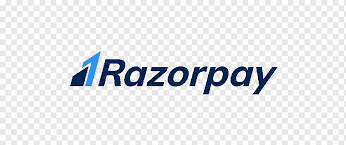
Register
Guide to Export From India to Abroad For New Business
The beginning of an export business from India opens up wide international markets for entrepreneurs to expand beyond the boundaries of domestic markets. If you are a new business owner, this guide covers the documentation, finding buyers, and logistics that are essential to having a successful export operation. And if you're looking for the most cost-effective way to link your products to the global market, MyXborder is the way to go!
Key Export Categories from India

India has become a major global exporter in several sectors. The most promising export categories are textiles and garments (cotton, silk, ready-made), pharmaceuticals (generic medicines, vaccines), agricultural products (spices, rice, tea), jewelry and precious stones, leather goods, and engineering products.
Software development and business process outsourcing are still strong in the IT services sector. In many cases, the best entry point for new exporters is identifying niche products in these already-established categories.
Essential Export Documentation
-
Before exporting, it is mandatory to have an Import Export Code (IEC) from the DGFT.
-
Exports are zero-rated with the benefit of input tax refunds, and hence, GST registration is essential.
-
The product-specific documents include certificates of Origin, Quality Control Certificates, and Phytosanitary Certificates for agricultural products.
-
Destination country regulations must be complied with in packaging and labeling.
-
The documentation chain needed for customs clearance is completed by commercial documents such as invoices, packing lists, and bills of lading.
Government Support for New Exporters
There are many schemes offered by the Indian government to promote exports. Under the Merchandise Exports from India Scheme, scrips of duty credit are provided based on export value. The Capital Goods scheme for Export Promotion allows duty-free import of capital goods. Export credit provides subsidized interest equalization schemes.
Export promotion councils are set up for specific sectors to provide marketing assistance and business matchmaking services. Infrastructure support and tax benefits are provided to the export-oriented businesses in Special Economic Zones and Export Oriented Units.
Identifying Target Markets
The first step in exporting is to conduct thorough research into which countries have a demand for your products. Most important of all, analyze market size, competition, growth potential, and regulations. Tariff advantages are given by Free Trade Agreements between India and countries such as ASEAN nations. If you tailor your products to the cultural preferences in your target markets, it would be helpful. Go to markets where Indian products already have credibility.
Finding International Buyers
Strategic approaches are needed to build a network of international buyers. Attend specifically to your industry trade shows. Indian trade missions and embassies abroad often host buyer-seller meets. Think about appointing local representatives in target markets who know the local business landscape. It also attracts international inquiries to develop a professional website with multilingual capabilities.
Pricing and Payment Terms
Based on all costs such as production, export-grade packaging, transportation, insurance, and certification, develop a competitive export pricing strategy-
-
Learn about international pricing terms commonly used (Incoterms 2020): FOB, CIF, and DDP.
-
First, begin with advance payments or Letters of Credit for new relationships for payment security.
-
To be competitive, be prepared to offer standard international credit terms (30-90 days).
-
Forward contracts can be used to manage currency fluctuation risks.
Logistics and Shipping
Route serving (including frequency, transit time, and rates), and logistics partners selection. Consolidation services are economical for new exporters shipping less-than-container loads. Find out what the best shipping methods are in terms of product nature, cost, and urgency. It also helps to prevent damage during transit.
The term protects from loss or damage. Digital tracking systems allow you to see exactly what is happening with a job and take proactive action in the event of a possible issue.
Navigating Export Challenges
New exporters often encounter communication barriers, many types of documents they are unfamiliar with, and payment risk problems. Use translation services for important communiques to overcome language barriers. Third-party inspection services can be considered to guarantee that products meet international standards.
Export promotion councils will keep you updated regarding the changing trade regulations. Forward contracts and foreign currency accounts can be used to manage exchange rate fluctuations.
Offers from MyXBorder

Shipping Rates
Calculate your cost of shipping.
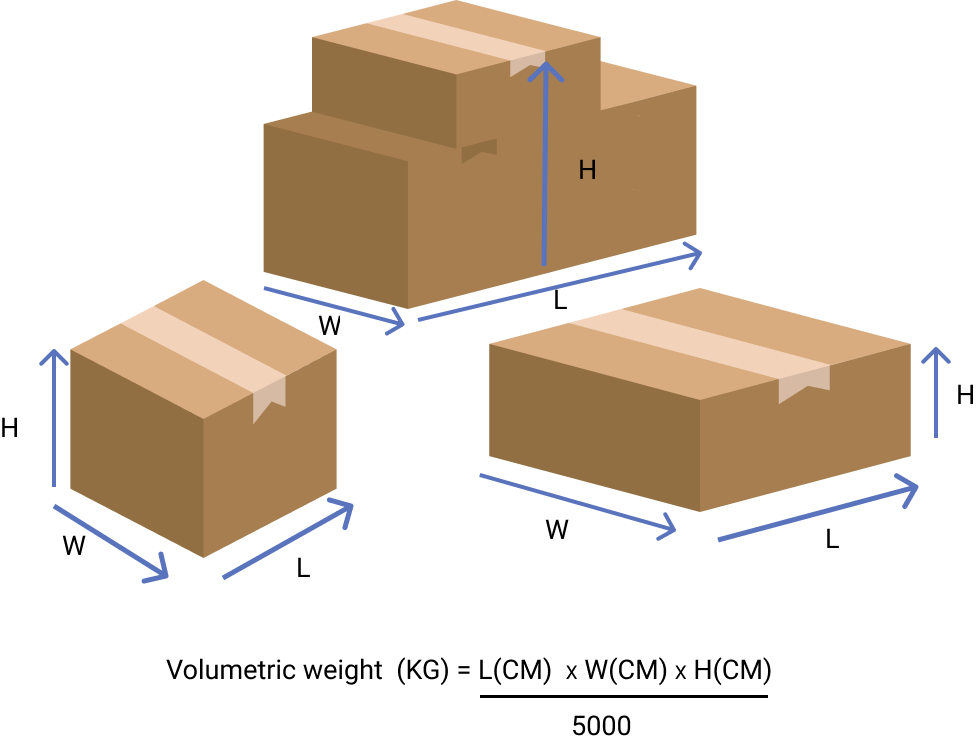
Use MyXBorder as your Assistant!
MyXBorder streamlines the export process through comprehensive support services. With supplier verification, you know we verify the supplier and establish that all are sourced from authentic quality products befitting international standards.
With our customs documentation experts handling the complex work, errors and delays at the customs are less and less common. Our payment gateway ensures that each payment is received in multiple currencies with competitive exchange rates.
We check product compliance with international standards in our pre-shipment quality inspection services. We have a logistics network allowing us to provide flexible delivery solutions from logistics pickups to doorstep delivery as well as real-time tracking of your shipment.
Conclusion
Do not be bound by export complexities limiting your global business dreams. Expanding internationally is a challenge, but you do not have to go at it alone. With MyXBorder’s comprehensive solutions, take the first step on the road to successful exporting today.
Become one of the many successful Indian businesses that have made their export journey simpler with our end-to-end services. Whenever you have export challenges, MyXBorder will be your partner, and when you have them, turn them into opportunities and start taking your products to the global markets.
Stats
10000+
Orders
170+
Countries we serve
20000+
users

